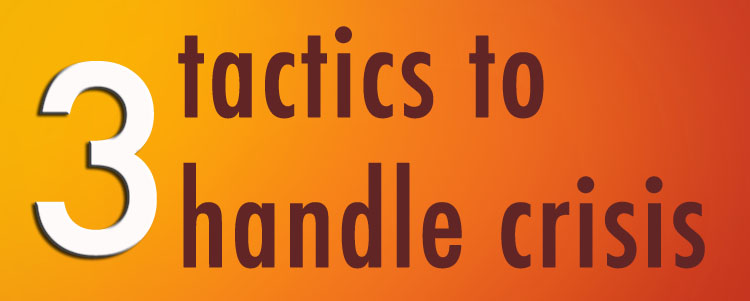
Regulatory colleges, especially those that regulate health professions, are often targets of the media due to their critical nature. Such colleges are key to ensuring that health care practitioners maintain standards to ensure the protection of the public’s health. Yet, in the process of regulation, occasionally tragedies happen.
Once such case happened in March 2012. 19-month old Ezekiel Stephan died of meningitis and in April 2016, his parents were convicted of failing to provide the necessities of life. The cause was cited as a direct result of their choice to treat him with remedies provided by a naturopath, instead of conventional medicine. As the profession of naturopathy had just been regulated, the boy’s death led to a firestorm of controversy with accusations that regulation legitimizes unsafe alternative health care therapies.
For a regulatory college, this amounted to a crisis that needed a response. This case highlights the need for colleges that regulate alternative medicine to provide the public with reasons for why they exist, how they protect the public, and if the college regulates alternative therapies such as naturopathy or homeopathy, it needs to demonstrate how such therapies provide complementary and not competitive care.
Here are a number of tactics to deal with the issues that arise in times of crisis caused by individual members:
Tactic #1: deal with the skeptics
Those who scoff at therapies such as acupuncture, naturopathy or homeopathy claim that such treatments do not follow scientific procedure, and lack the backing of clinical trials.
The response:
1. When it comes to health care, provide factual results of clinical trials, not personal testimonies. Third-party evidence by health protection agencies such as WHO or CDC provide scientific weight and help to prove the relevance of studies as evidence. Further, the reasons for why the Ministry of Health established such colleges should be placed front and centre on the College’s website, pointing to the reason for its existence.
2. Outline the full scope of the therapy; what it is authorized to treat, in what conditions it is effective, and also, when it would be better to seek a alternative forms of treatment.
3. It is the College’s responsibility to outline how their therapies should be practised, not just by practitioners but also by practitioners of different health care professions. For instance, acupuncture is used as a pain reliever by various health care professions, but often leaves out the traditional Chinese medicine context. It is up to the college that regulates traditional Chinese medicine to explain the benefits of providing acupuncture from a traditional Chinese medicine context.
Tactic #2: educate the public on how regulation protects the public
1. Practitioners cannot practise unless they are registered with a college. Registering ensures that they follow the policies, rules and regulations established by the government regarding patient care. Regulation also means that practitioners remain within their scope of treatment, and that they do not provide treatment that exceeds the bounds of their profession.
2. As patients continue to seek out new forms of therapies, regulation protects them by ensuring they are not taken advantage of, and that those providing treatment are qualified and are providing care in safe conditions.
3. The college outlines what information the public needs to make health care decisions, which includes a registry of licensed practitioners.
4. In cases where a practitioner has erred, the college should point out what wrong was done, how the practitioner could have provided better treatment and similar situations could be avoided in the future.
Tactic #3: use this as an occasion to inform non-registered practitioners of the need to register in their college.
1. Colleges should take such an occasion to highlight the benefits of registration. For one thing, it’s the law. For another, being accountable to the government provides assurance amongst other medical professions that each profession knows their limitations.
The death of a child raised questions of how much responsibility regulatory colleges should take when their members make a mistake. While it is impossible to control each member’s actions, regulatory colleges possess controls that are in place to prevent such tragedies from occurring in the first place. It is then their responsibility, in times of crisis, to have a defined set of tactics in place to that reassure the public of its safety.
